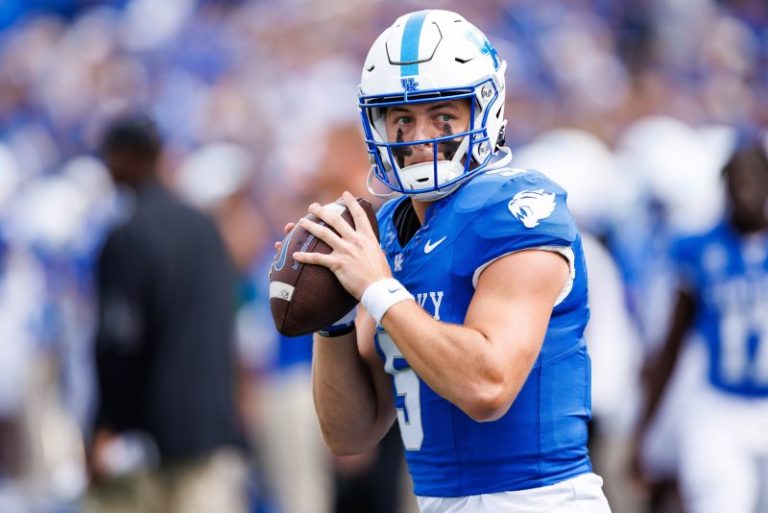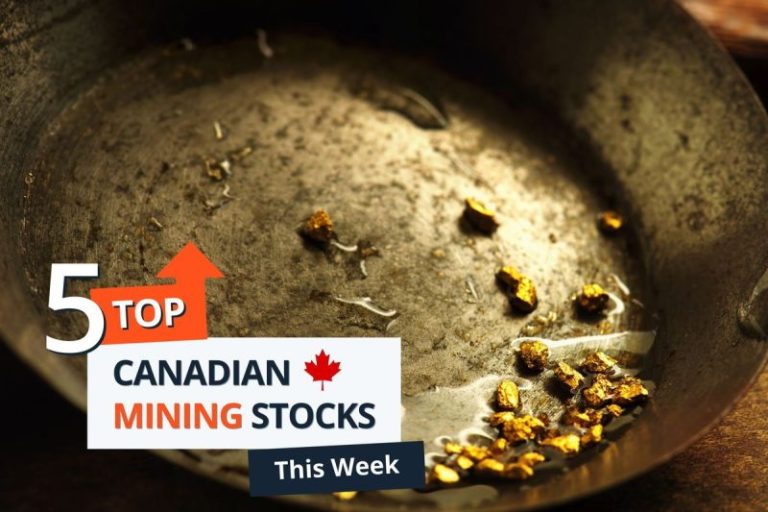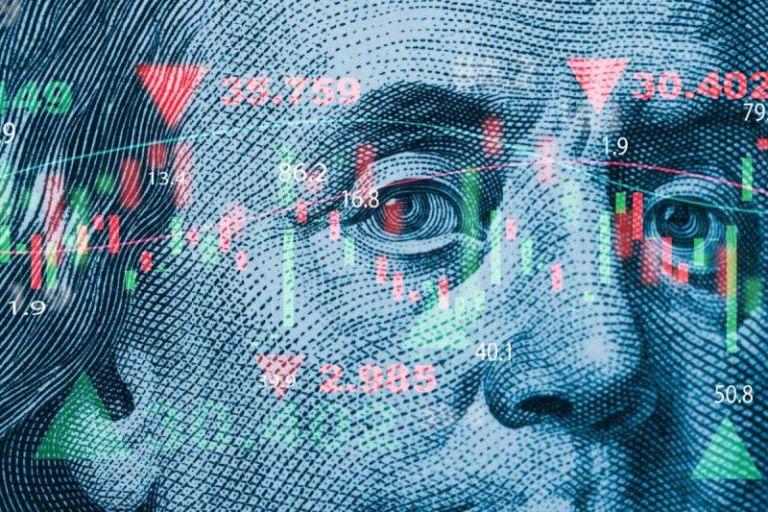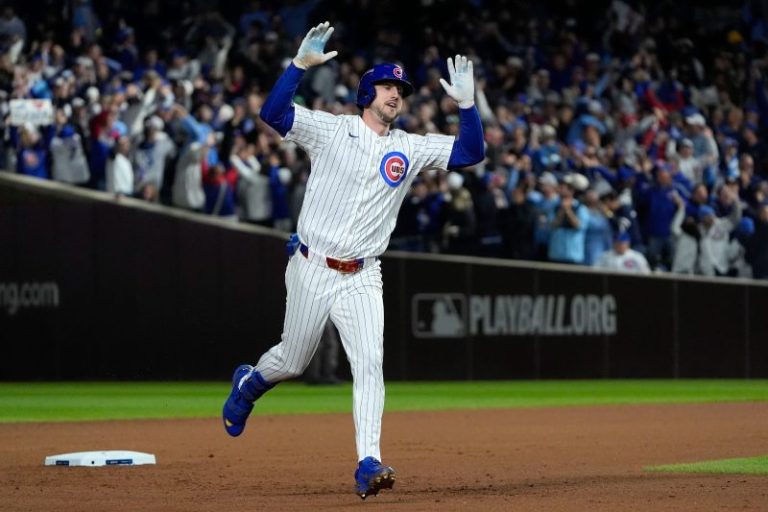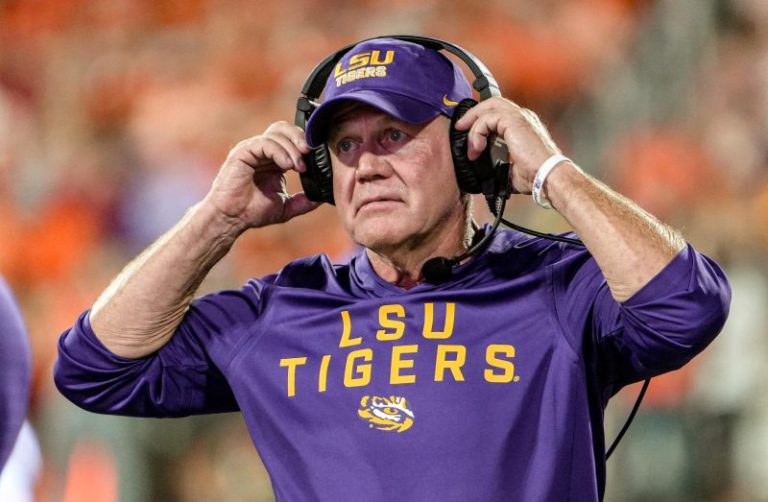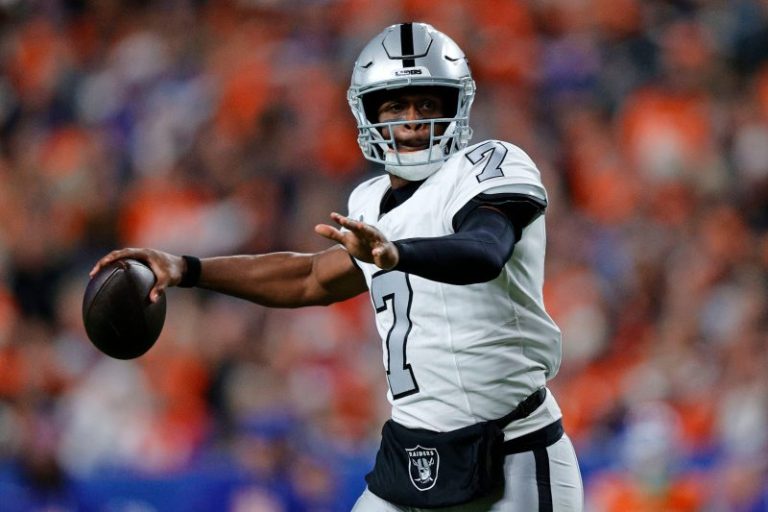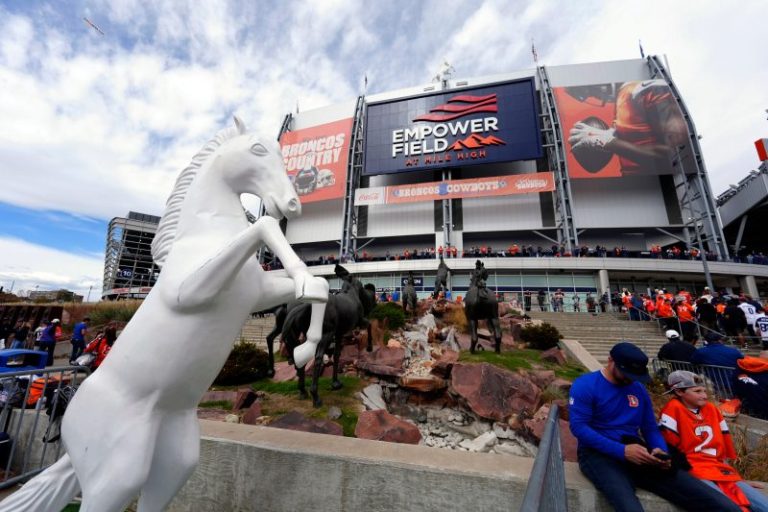Statistics Canada released October’s job numbers on Friday (November 7). The data showed a surprise expansion of the Canadian labor market with the addition of 67,000 new jobs during the month, as well as a 0.2 percent drop in the unemployment rate to 6.9 percent.
This marks the second consecutive monthly increase, following 60,000 new workers entering the market in September. The gains over the two-month period also offset the cumulative 106,000 losses that were recorded in July and August.
The biggest gains came in the wholesale and retail trade sector, which added 40,700 new jobs; followed by transportation and warehousing, which added 29,500; and information, culture and recreation, which added 25,200.
The report comes just days after the federal Liberal Party tabled its first budget since winning the election in April. The budget estimates an initial deficit of C$78 billion in 2025-26, which would slowly decline to C$57 billion in 2030.
The budget places greater focus on nation-building, strengthening climate competitiveness, streamlining government activities and reducing annual operational costs by C$13 billion by 2029, while maintaining critical social supports.
Highlighting the budget is a promise for a C$51 billion investment over 10 years for local infrastructure projects and a C$81.8 billion over five years for defence spending C$72 billion of which will be new money.
On the mining side of the equation, the Mining Association of Canada said on Tuesday (November 4) that it applauds the budget for several measures aimed at the Canadian mining sector.
Among them, C$2 billion over five years will be directed to Natural Resources Canada to create the Critical Minerals Sovereign fund, which will be used to invest in critical mineral projects and companies.
The budget will also move the existing Critical Minerals Infrastructure Fund into the new First and Last Mile Fund, which will focus investment into near-term projects to get them to production sooner, and provide tax measures so companies can write off capital investments more quickly.
The Mining Association also highlighted the proposed expansion of the Critical Mineral Exploration Tax Credit to include an additional 12 minerals, including bismuth, cesium, manganese, tin and tungsten.
Additionally, the budget indicated that its focus on investing in clean technologies and carbon capture to reduce emissions would eventually render oil and gas emission caps unnecessary.
For more on what’s moving markets this week, check out our top market news round-up.
Markets and commodities react
Canadian equity markets were down this week.
The S&P/TSX Composite Index (INDEXTSI:OSPTX) lost just 0.15 percent over the week to close Friday at 29,912.19.
Meanwhile, the S&P/TSX Venture Composite Index (INDEXTSI:JX) had a much more challenging week, falliing 7.63 percent to 885.31. The CSE Composite Index (CSE:CSECOMP) also had a bad week, plunging 7.35 percent to close out the week at 163.51.
The gold price ended the week flat, closing at US$4,000.20 per ounce by 4:00 p.m. EST Friday. The silver price fell slightly, dropping 0.66 percent to US$48.35.
Meanwhile, in base metals, the copper price shed 2.72 percent to US$5.01 per pound.
The S&P Goldman Sachs Commodities Index (INDEXSP:SPGSCI) fell 0.2 percent to end Friday at 553.62.
Top Canadian mining stocks this week
How did mining stocks perform against this backdrop?
Take a look at this week’s five best-performing Canadian mining stocks below.
Stocks data for this article was retrieved at 4:00 p.m. EST on Friday using TradingView’s stock screener. Only companies trading on the TSX, TSXV and CSE with market caps greater than C$10 million are included. Mineral companies within the non-energy minerals, energy minerals, process industry and producer manufacturing sectors were considered.
1. Quarterback Resources (CSE:QB)
Weekly gain: 160 percent
Market cap: C$11.36 million
Share price: C$1.3
Quarterback Resources is an exploration company focused on exploring the Twin gold property in Northwest British Columbia, Canada.
The project is located in the Omineca Mining District near Fort St. James, and consists of 16 mineral claims covering 11,110 hectares. The site has a history of mineral exploration dating back to the 1970s, including 109 drill holes.
Quarterback holds an option to acquire a 100 percent stake in the property through an earn-in agreement in exchange for C$800,000 in cash payments and C$4.74 million in exploration expenditures over a six-year period.
According to a technical report released in November 2024, the company relogged three of the historic holes from the Takla-Rainbow zone, with one hole returning a grade of 2.26 parts per million (ppm) gold, 2.15 ppm silver and 0.19 percent copper over 22.52 meters.
Shares in Quarterback were up significantly this week. Its most recent news came on Wednesday (November 5) when it filed its monthly progress report on the Canadian Securities Exchange website. The company noted that it was proceeding with a Phase 1 exploration program, which is planned to include LIDAR and induced polarization surveys.
2. Mont Royal Resources (TSXV:MRZL)
Weekly gain: 62.5 percent
Market cap: C$47.55 million
Share price: C$0.26
Mont Royal Resources is an Australia-based exploration company focused on a trio of projects in Québec, Canada. The company began trading on the TSXV on November 5 following a merger with Canada-based Commerce Resources.
The merger combined Commerce’s Ashram rare earth and flourspar project and Eldor niobium projects, with Mont Royal’s existing Northern Lights gold-copper-lithium project, all of which are located in Quebec.
In the October 22 news release announcing the completion of the merger, it stated its core focus would be on the Ashram rare earth and flourspar project and that the deal provided a compelling opportunity to establish a new source of rare earths in North America.
Ashram, located near Nunavik, Quebec, has received more than AU$50 million in investment for exploration activities, development studies and resource definition.
According to the project page, a mineral resource estimate from April 2024 produced an indicated resource grading 1.89 percent total rare earth oxides (TREO) and 6.6 percent fluorspar from 73.2 million metric tons of ore.
Although the company did not release project news this week, two of its projects contain minerals that were added to the CMETC as part of the fall budget.
3. Royalties Inc. (CSE:RI)
Weekly gain: 38.46 percent
Market cap: C$11.36 million
Share price: C$0.09
Royalties is focused on building cash flow through the acquisition of mineral and music royalty assets.
The company has a 100 percent interest in the Bilbao silver property in Zacatecas, Mexico, which hosts silver, zinc and lead deposits. As silver prices improve, the company is seeking to monetize the property.
In June, the company reported that its subsidiary, Minera Portree, won its lawsuit against Capstone Copper (TSX:CS,OTC Pink:CSCCF), asserting its ownership of a 2 percent net smelter return royalty on five mineral concessions at the Cozamin copper-silver mine in Zacatecas.
The protracted legal dispute began after Capstone re-assigned the royalty to itself through a 2019 contract without informing or paying Minera Portree.
Under the terms of the judgment, the 2 percent NSR will revert back to Minera Portree along with royalties for the exploitation of concessions between 2002 and 2019. The amounts for those royalties will be set at the execution phase. Capstone Gold is also ordered to pay royalties from the Portree 1 concession from August 2019 to present.
While Capstone appealed the decision, Royalties announced on Thursday (November 6) that an appellate court had upheld the original June decision, deeming the appellant’s arguments inoperative and inadmissible.
4. Africa Energy (TSXV:AFE)
Weekly gain: 31.82 percent
Market cap: C$64.69 million
Share price: C$0.145
Africa Energy is a South Africa-focused oil and gas exploration and development company.
Its flagship asset is Block 11B/12B located approximately 175 kilometers off the south coast of South Africa. The block covers an area of 18,734 square kilometers and depths between 200 meters and 1,800 meters.
It holds a 4.9 percent interest in the asset through its investment in Main Street 1549, a 49/51 joint venture with Arostyle Investments. The three other partners in the asset announced plans to withdraw from the Block 11B/12B joint venture in July 2024, and announced a definitive agreement for the new ownership structure of the Block 11B/12B asset in May of this year.
The restructuring would result in Africa Energy holding a 75 percent stake in the block, with Arostyle Investments holding the remaining 25 percent. This is contingent on the asset being granted the production rights, which requires approval of its environmental and social impact assessment.
Shares in Africa Energy were up this week. Its most recent news came on October 9, when it provided an operational update from Block 11B/12B. The company announced that it had been granted an extension to submit its environmental and social impact assessment until May 4, 2026.
5. Highland Critical Minerals (CSE:HLND)
Weekly gain: 26.87 percent
Market cap: C$79.73 million
Share price: C$4.25
Highland Critical Minerals is an exploration company focused on advancing its flagship Church lithium property in Ontario, Canada.
The project, located near Thunder Bay, Ontario, is situated within the Quetico region. A preliminary exploration program at the property conducted in August 2023 discovered five pegmatites hosting quartz, feldspar and muscovite and returned high lithium grades up to 3 percent lithium dioxide.
In addition to Church, Highland has been working to acquire other critical mineral properties, with the most recent announced on Friday. In the news release, the company said it had entered into a binding letter of intent to acquire mining claims covering 3,138.874 hectares in the Yathkyed Lake Greenstone Belt in Nunavut, Canada, expanding Highland’s critical mineral portfolio.
FAQs for Canadian mining stocks
What is the difference between the TSX and TSXV?
The TSX, or Toronto Stock Exchange, is used by senior companies with larger market caps, and the TSXV, or TSX Venture Exchange, is used by smaller-cap companies. Companies listed on the TSXV can graduate to the senior exchange.
How many mining companies are listed on the TSX and TSXV?
As of May 2025, there were 1,565 companies listed on the TSXV, 910 of which were mining companies. Comparatively, the TSX was home to 1,899 companies, with 181 of those being mining companies.
Together, the TSX and TSXV host around 40 percent of the world’s public mining companies.
How much does it cost to list on the TSXV?
There are a variety of different fees that companies must pay to list on the TSXV, and according to the exchange, they can vary based on the transaction’s nature and complexity. The listing fee alone will most likely cost between C$10,000 to C$70,000. Accounting and auditing fees could rack up between C$25,000 and C$100,000, while legal fees are expected to be over C$75,000 and an underwriters’ commission may hit up to 12 percent.
The exchange lists a handful of other fees and expenses companies can expect, including but not limited to security commission and transfer agency fees, investor relations costs and director and officer liability insurance.
These are all just for the initial listing, of course. There are ongoing expenses once companies are trading, such as sustaining fees and additional listing fees, plus the costs associated with filing regular reports.
How do you trade on the TSXV?
Investors can trade on the TSXV the way they would trade stocks on any exchange. This means they can use a stock broker or an individual investment account to buy and sell shares of TSXV-listed companies during the exchange’s trading hours.
Article by Dean Belder; FAQs by Lauren Kelly.
Securities Disclosure: I, Dean Belder, hold no direct investment interest in any company mentioned in this article.
Securities Disclosure: I, Lauren Kelly, hold no direct investment interest in any company mentioned in this article.
This post appeared first on investingnews.com

